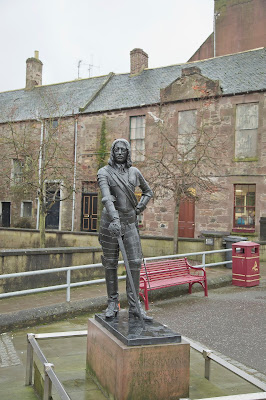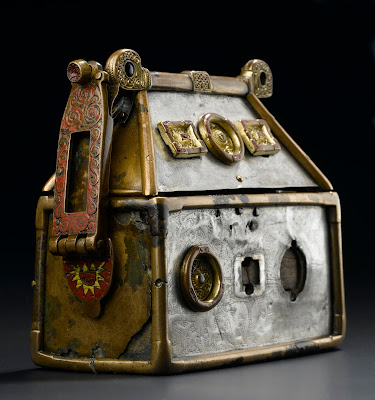ON THIS DAY IN 1638 – by Duncan Harley

James Graham 1st Marquis of Montrose was born in 1612, probably on the High Street site now occupied by the local Job Centre Plus in the Angus town of Montrose. He was one of the first to to sign the National Covenant at Edinburgh on 28 February 1638. Outlining radical demands for change in Scotland’s governance, the Covenant led to a bloody civil war and would ultimately lead James Graham to the gallows. Following his sacking of Aberdeen in 1644, a portion of his army, led by Alexander Irvine of Drum, entered Montrose’s hometown with the intention of seizing the town’s two brass cannon. Meeting local opposition, the Marquis’s troops destroyed the artillery pieces and plundered the town, before withdrawing north for fear of a counter-attack. In 1645, the Aberdeenshire town of Alford played host to what was perhaps the Marquis of Montrose’s easiest victory. After his defeat of Sir John Hurry’s forces, at Auldearn, in early May 1645, Montrose had confronted a ...





